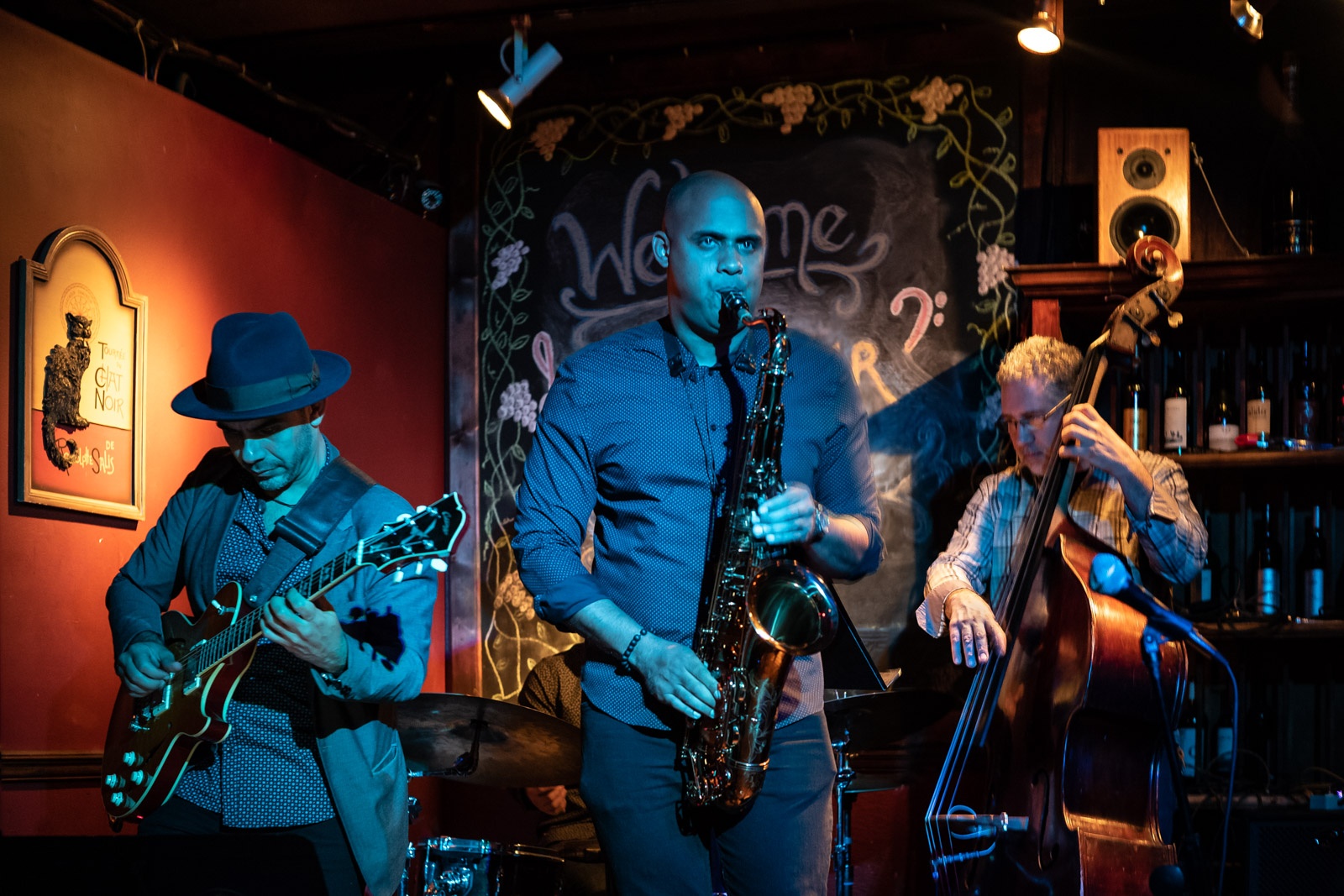Distinct optical properties of the 7 Artisans 1.1/50 lens, right after the first photoshoot, made me think about using it on one of my motion picture projects. Moreover, it’s not just the lens speed, but also an interesting “vintage” look that is well suited for some stylized shots. The problem was that the original Leica M-mount version, due to the protruding rear element, although could be mounted on a Leica SL camera, could not focus on infinity. In the new version of the lens this problem is solved. What makes this lens so attractive for videography is that the Leica M mount easily adapts to any mirrorless system via a variety of inexpensive adapters. Of course, this is a fully mechanical non-autofocus lens (just like any other, used in professional video and film shooting). The only connection with the camera electronics (possible only on Leica M and SL digital bodies) is the 6-bit code, thanks to which the camera interprets the lens as Leica Noctilux 1/50.
Since this lens, first of all, is intended for shooting in low light, most of the shooting was done at dusk and at night, in order to fully demonstrate the potential of optics. As it is better to watch than read (for photographers anyway, here is the result that we discuss below:

Most of the shots were done in 4K on a Super35 frame size, which is close to APS-C, but slow-motion clips were shot in 120 fps on the full 24x36mm frame. Note that, even in the full frame, edge effects are practically not observed.
What we liked:
- very beautiful highlights and reflections from point light sources
- excellent color rendering, even against the light
- “glow” around the lights on f / 1.1 – f / 2 aperture values, which completely disappears at f / 2.8
- “vintage”, that is, somewhat soft, but high-contrast image with a great illusion of depth
- on the open diaphragm – negligible, for such aperture, the level of lateral chromatic aberrations
- at f / 1.4 aperture, round and point sources of light in defocus turn into perfectly evenly lit circles of regular shape (of course, closer to the edges of the frame they turn into “cat eyes”, like any super-strong lens)
- on a fully open diaphragm, the picture changes dramatically: the circles in the defocus appear bright border, and all the elements of the bokeh stretch to the edges of the frame, which literally pushes the viewer to the element located in the center
- the twelve-blade diaphragm gives perfect circles in the out-of-focus and beautiful multipath “stars” in the zone of sharpness
- lens resolution is quite suitable for 4K video
- de-clicked aperture
- good damping of the focus ring with no wobble
- small weight and size, allowing you to easily balance the camera on the gimbal
What could be better:
- first of all, a short stroke of the focusing ring, making it difficult to accurately focus on the open aperture; the problem is completely solved on rails with follow-focus when the camera rig is on a tripod
- irregularly shaped light sources may defocus into “onion rings”, which is not to everyone’s liking
- lack of a dedicated lens hood, which is very necessary, especially on f / 1.1 – f / 4; This can be a problem for run-and-gun handheld shooting, or on a gimbal, when the matte box is not an option
Verdict:
Naturally, this is not the most versatile lens in the world. However, given its unique properties and the obscenely low price, I tend to believe that the advantages clearly outweigh the relatively easily fixable shortcomings. Having a lens in your bag that enables shooting at night 24 fps at ISO400, and, mind you, just for $350, is an opportunity that is difficult to overestimate.
Irakly Shanidze © 2019
